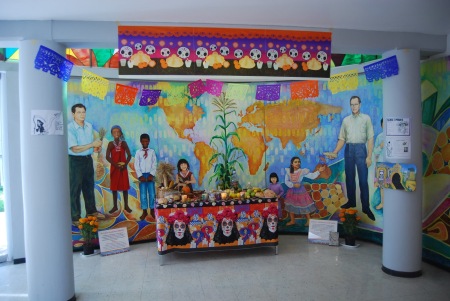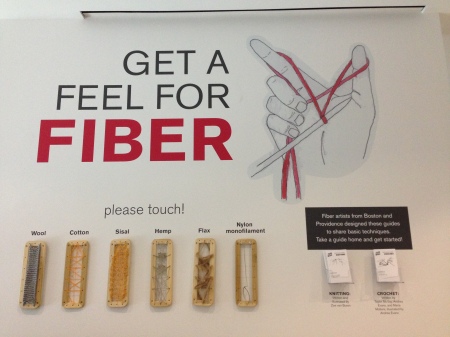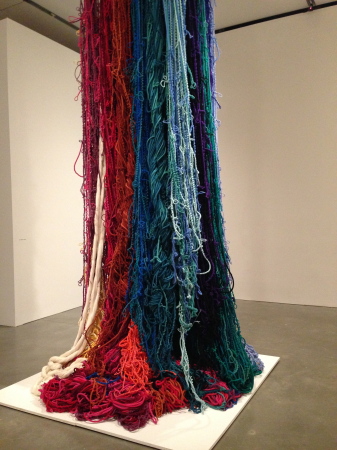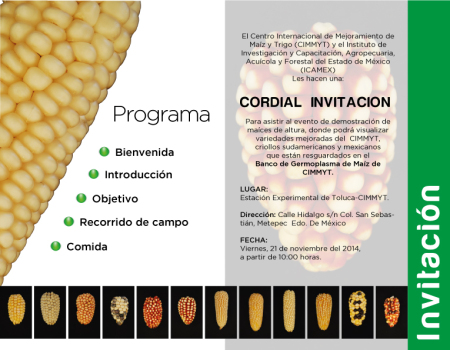- Ok here goes, there’s a week’s work of Nibbles we’ve got to catch up on.
- World running out of chocolate! Tell that to Cologne.
- Yeah well I prefer tea to cocoa.
- Greenpeace: “Smart breeding” will save us, not GMOs. Breeders: All breeding is smart.
- Guess the world’s biggest cash crop. Yeah, that one.
- Alas, it’s not included in the recent strategy for conserving medicinal plants. Not that it would need conserving.
- The domestication of the world’s biggest crop, period. Deconstructed. And if you want to drill down.
- And of the world’s biggest fruit.
- And of the world’s biggest pet.
- And of the world’s most difficult to eat vegetable.
- Root “vegetables” made simple. Because winter.
- And why you must eat your veggies, including the difficult ones.
- Videos on Kew’s monocot database and on the renovation of another famous herbarium.
- The real Johnny Appleseed.
- But you too can save seeds, just like Johnny.
- But don’t forget to safety duplicate, like CIP has done, at Embrapa.
- And this shows you what those seeds can look like.
- You don’t necessarily need seeds to save plants, though.
- Mapping fallen fruit. Because we can.
- Road trip!
- Boat trip!
- Selected Techniques in the Art of Agriculture. From French to Turkish to Arabic. One of many nifty agriculture-related resources in the World Digital Library.
- Oh yeah, the IUCN World Parks Congress has been on and its all over the intertubes. Including with neat visualizations, natch.
- How many of the species in the COMPADRE database of plant demography information are in protected areas? How many are crop wild relatives? I need an intern.
Maize field day in Mexico
Dr Denise Costich, head of the CIMMYT maize genebank (MGB) sent out a very compelling invitation a couple of days back:
Attached is the official invitation to our field day, to be held next Friday, 21 November, starting at 10:00 AM at the Toluca Station (please note the change of date). We are showcasing our beautiful materials from the high altitude Andean germplasm that, up to now, the MGB has had great difficulties in regenerating here in Mexico. We also included a demonstration plot in our nursery, featuring long forgotten genetic pools developed at the Toluca Station in the 80s and 90s, as well as, popcorns, cacahuacintles, and other landraces from the region. We are targeting the smallholder farmers from areas around 2600 masl and above. We couldn’t have done this without funding from the Global Crop Diversity Trust and ICAMEX. We also thank the Toluca Station Manager, Fernando Delgado, for his great support, interest, and encouragement. Thanks also to Hans Braun, who extended an invitation to the “maiceros” of CIMMYT to plant at this wonderful station… I’m sure I have missed people who might be interested in attending the field day. You are welcome to forward this invitation to them. However, everyone, please RSVP, so that we have enough food and catalogs!
It sounds like great fun, and I wish I could go, but I can’t. Maybe you can?
Nibbles: Easy Eleusine, Ethical down, Bison pix, Svalbard pix, Salinity costs, Nutrition conference, Veggies for nutrition
- Finger millet is the future in Zimbabwe.
- Conventional down has a problem. I do prefer unconventional down myself.
- They had National Bison Day and nobody told us.
- Epic’s Excellent Svalbard Adventure.
- Start planning for next year’s cucurbit conference.
- Soil salinity sucks.
- On the other hand, this nutrition conference is in only a couple of weeks. And there will be radio.
- Not that these Indonesian ladies will need that.
Dia de los Muertos at CIMMYT
Thanks to Dr Denise Costich, manager of the maize collection at CIMMYT, for this photo of the decorations currently gracing the lobby of the genebank building.

And let’s all “Like” the genebank’s new Facebook page, which features this and other nice photos!
Fibers on display in Boston

That’s from the “[s]plendid, viscerally engaging … groundbreaking exhibition” called Fiber: Sculpture 1960-Present, now on at the Institute of Contemporary Art in Boston. And it was pretty cool. But would it have killed them to include some pictures, or even live examples, of the plant (and animal) sources of the raw materials for objects such as this? 1

Well, maybe not the animal sources…
